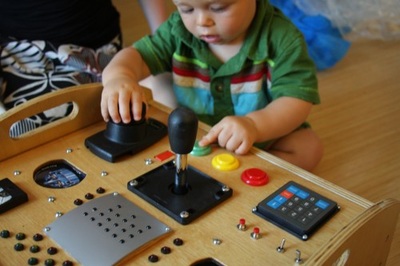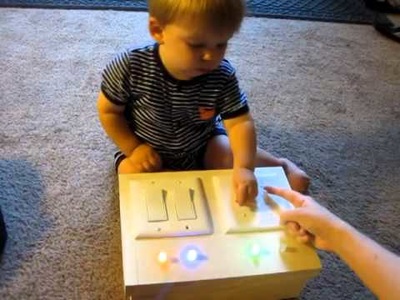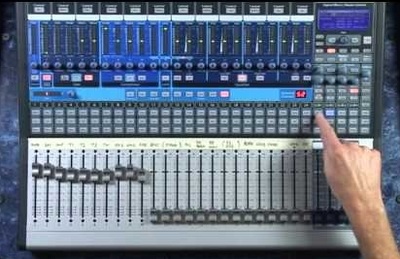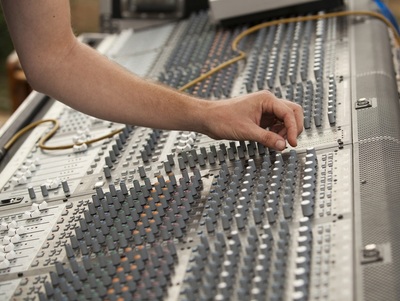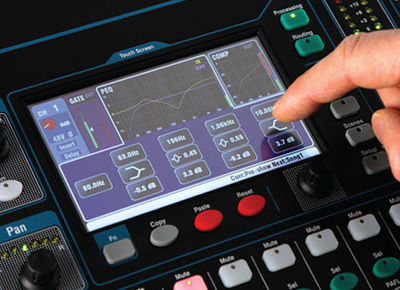BE INTENTIONALAs an audio engineer, you should be VERY intentional about everything you touch in regards to how you present music. As an audio engineer, you should be VERY intentional about everything you touch in regards to how you present music. As an audio engineer, you should be VERY intentional about everything you touch in regards to how you present music. MAYBE YOU SHOULD READ THAT AGAIN... Random Examples: Ask the drummer to use stronger dampening on toms during fast songs so that the decay of the toms match the tempo of the song, and less dampening for slower songs. Use a delay calculator to calculate the pre-delay of your verbs so that they are enacting and decaying in rhythm of the song. Kind of like this one or this one. Or 60,000/bpm = ms. Half it, quarter it - you get the idea. If running sound live, and you are using a stereo system, match the panning of the guitars, keys, percussion, and background vocalists to their actual physical place on the stage. Often times, reverb is better "felt" than heard; especially on faster songs. Learn Mic Placement. EQ is a last resort after you've done everything you can with instrument choices, mic choices, mic placement, etc. Listen to this song with headphones on: Did you notice anything? Listen to it again. Hint: The Toms. Oh that's too hard. It's "funner" to randomly push buttons and turn knobs.
0 Comments
Your comment will be posted after it is approved.
Leave a Reply. |
Do you like vintage recording gear and articles? You should visit our sister site: The Vintage Audio Portal!
**Advertise With Us! We have thousands of visitors a day. Contact us here to learn more.
Archives
August 2021
Categories |
